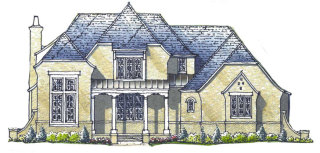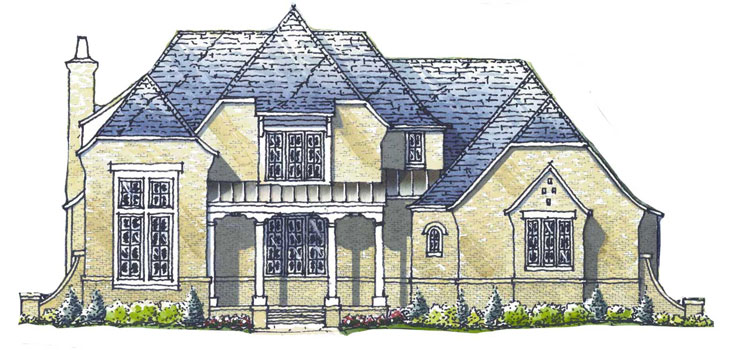Plan to Succeed
 A complete set of plans and specs will eliminate problems and help ensure a smooth project.
A complete set of plans and specs will eliminate problems and help ensure a smooth project.
Never underestimate the importance of good plans and specifications to a successful new home build. These crucial documents need to be fully completed in order to generate a realistic price, schedule, and contract. Too often, however, they’re left undone.
The plans are the visual representation of the finished home, showing what it will look like when complete. They include dimensions and other important details that guide the builder during the project. The plans should also verify any regulations that apply to the project, such as height limits, setbacks, solar access by neighboring properties, survey requirements, and whether the home is in a flood zone. In fact, most building departments want to see a full set of plans before issuing a building permit.
Specifications, or specs, detail in writing what types of appliances, fixtures, roofing, siding, and even paint will be used in the home. They may even reference written quality standards. This information helps the builder create a realistic budget and tells the homeowners exactly what they are getting for their money.
Incomplete specs are a common cause of job problems. That’s because a lot of projects get underway before all items have been fully specified. The reasons? Perhaps the builder didn’t want to make the effort (specs take a lot of work to write) or the homeowners couldn’t make up their minds about certain items, such as the grade of carpet in the master bedroom. In such cases, the builder and homeowner may agree on an allowance amount to spend on the items and leave the actual product decisions until later.
Most jobs proceed smoothly with some allowances, but having more than a few is asking for trouble. Remember that plans and specs set expectations and give clarity to the job, so leaving things out may lead to conflicts, delays, and unexpected price increases. The same goes for vaguely written specs–the term “midrange kitchen faucet” might mean different things to the builder and homeowners, so the homeowners could end up with a lower quality faucet than they expected or have to fork over $200 more for the one they really want.
A professional builder eliminates these problems by putting in the time and effort required to complete the specs before work begins. That same builder may lean on customers to make design and product choices. Making these choices early requires effort from the homeowners, but in the long run it will save them time and money.
Good specs include lots of detail, such as brand and model names, colors, and other variables (for example, a Kohler Veer 21 in. pedestal bathroom sink with 4 in. centerset faucet holes in bone white). They may also spell out standards for workmanship, such as detailing the prep work that must be done before painting the trim.
If performance is the key variable, performance specifications can be used in place of, or in addition to, product specs. Performance specs are used for items like mechanical systems and insulation (for example, R-15 blown fiberglass insulation behind applied netting on all exterior walls).
Specs are a complex subject, and this article only scratches the surface. Homeowners can help by making the decisions needed to clearly define the job before it starts. After all, it’s easier and less costly to move or change a window on paper than it will be after the wall has been framed.

